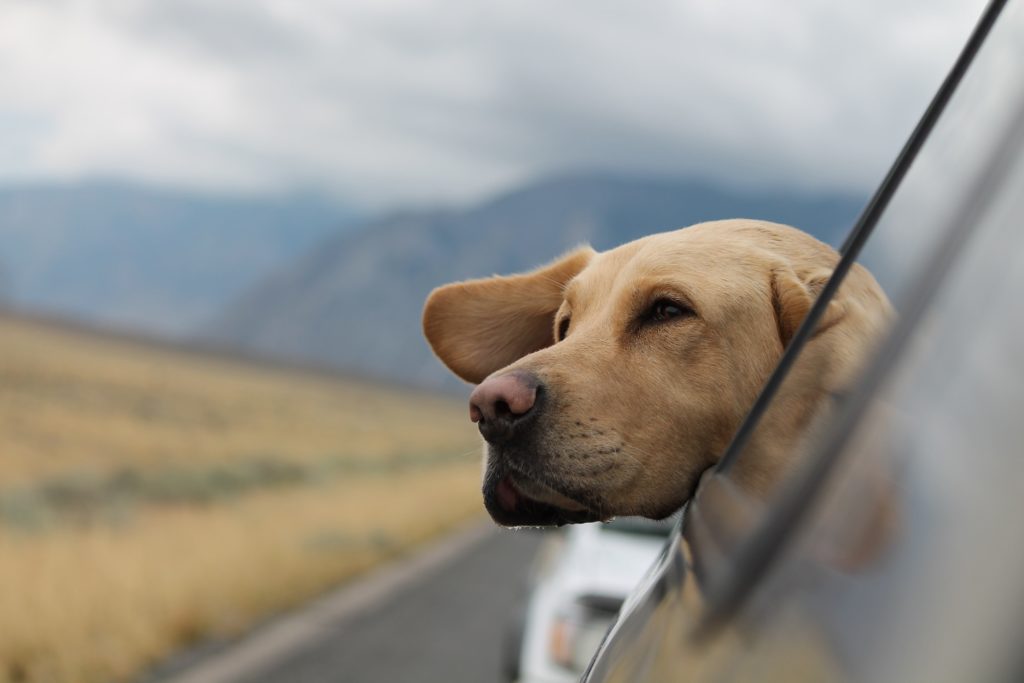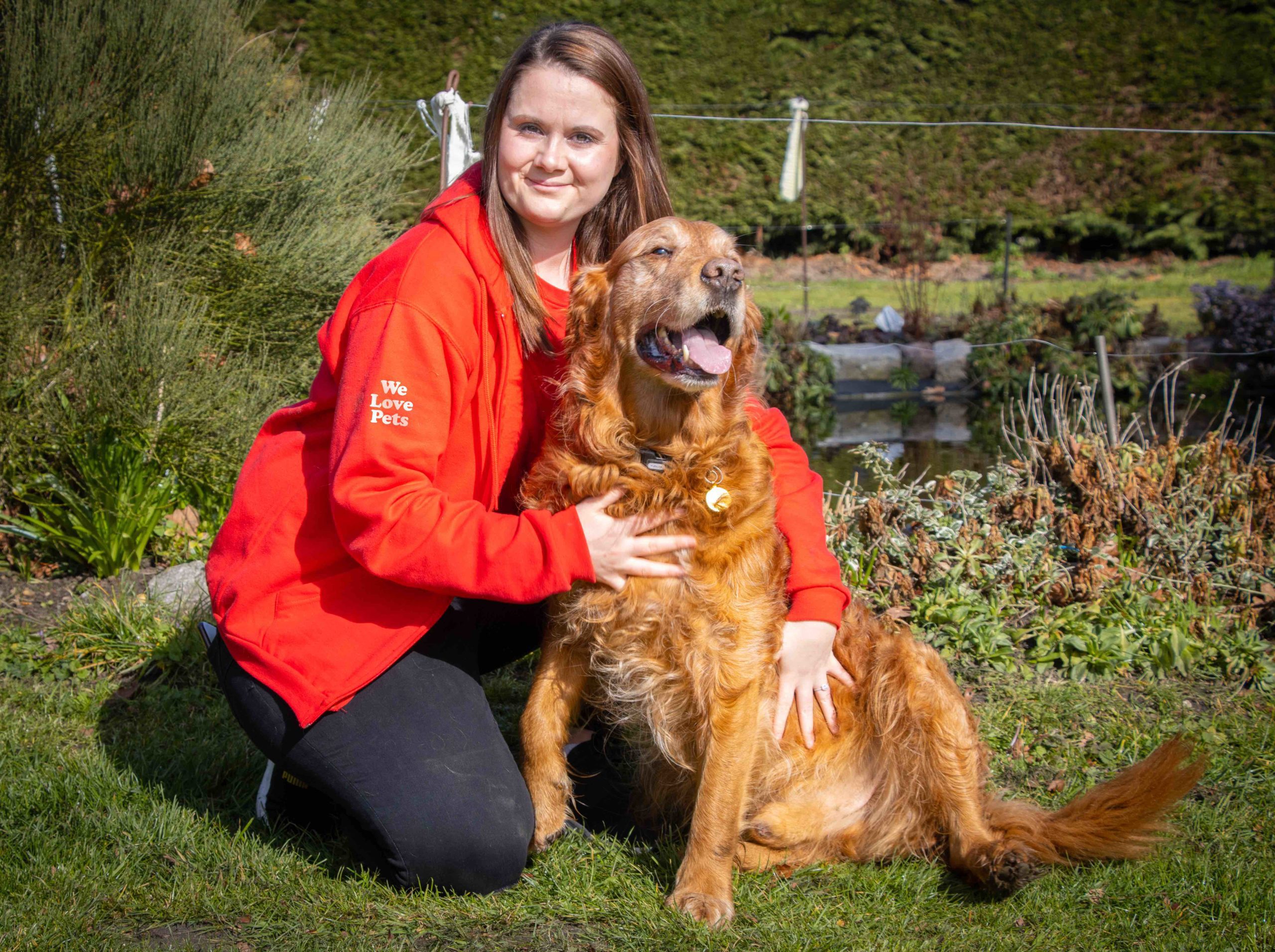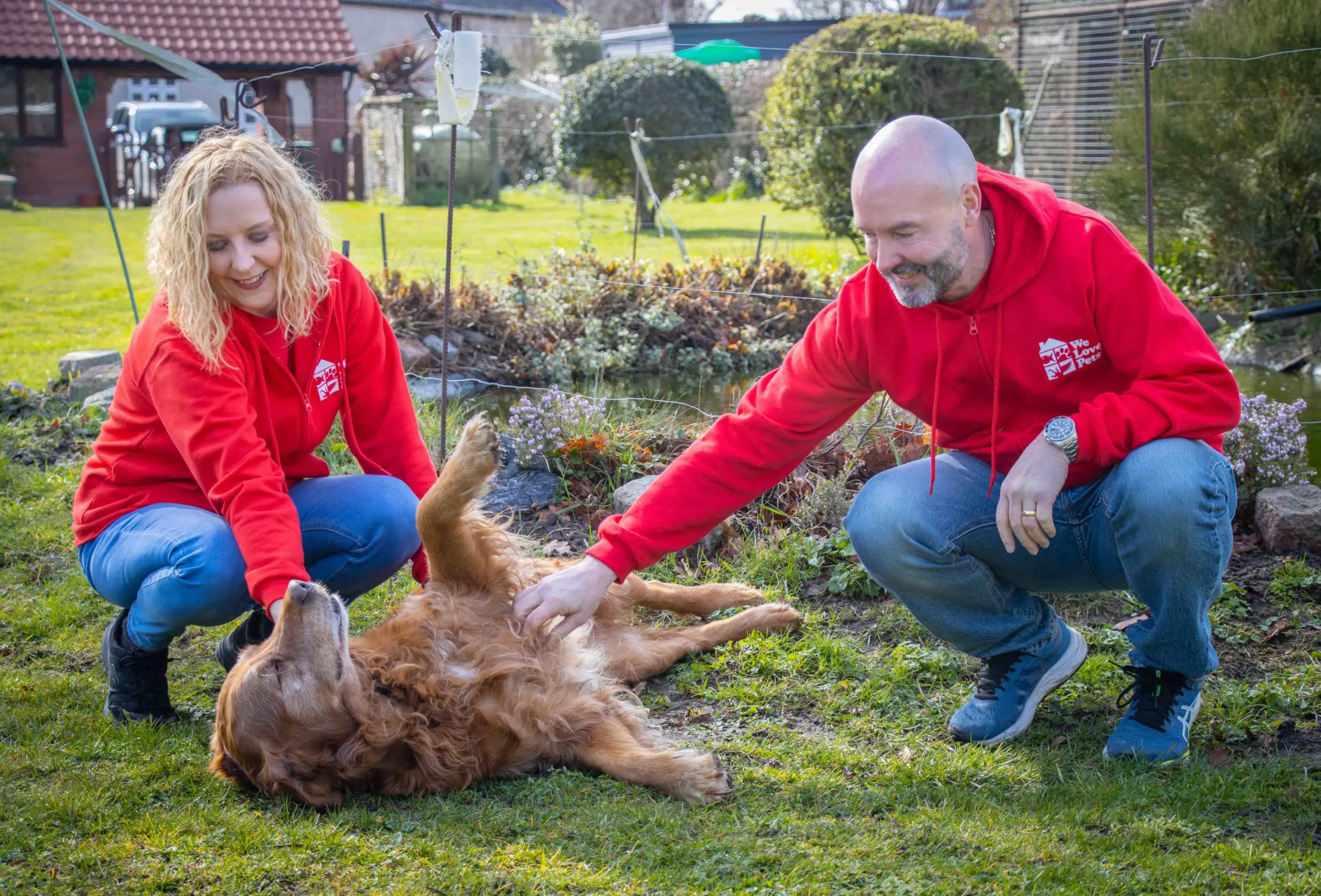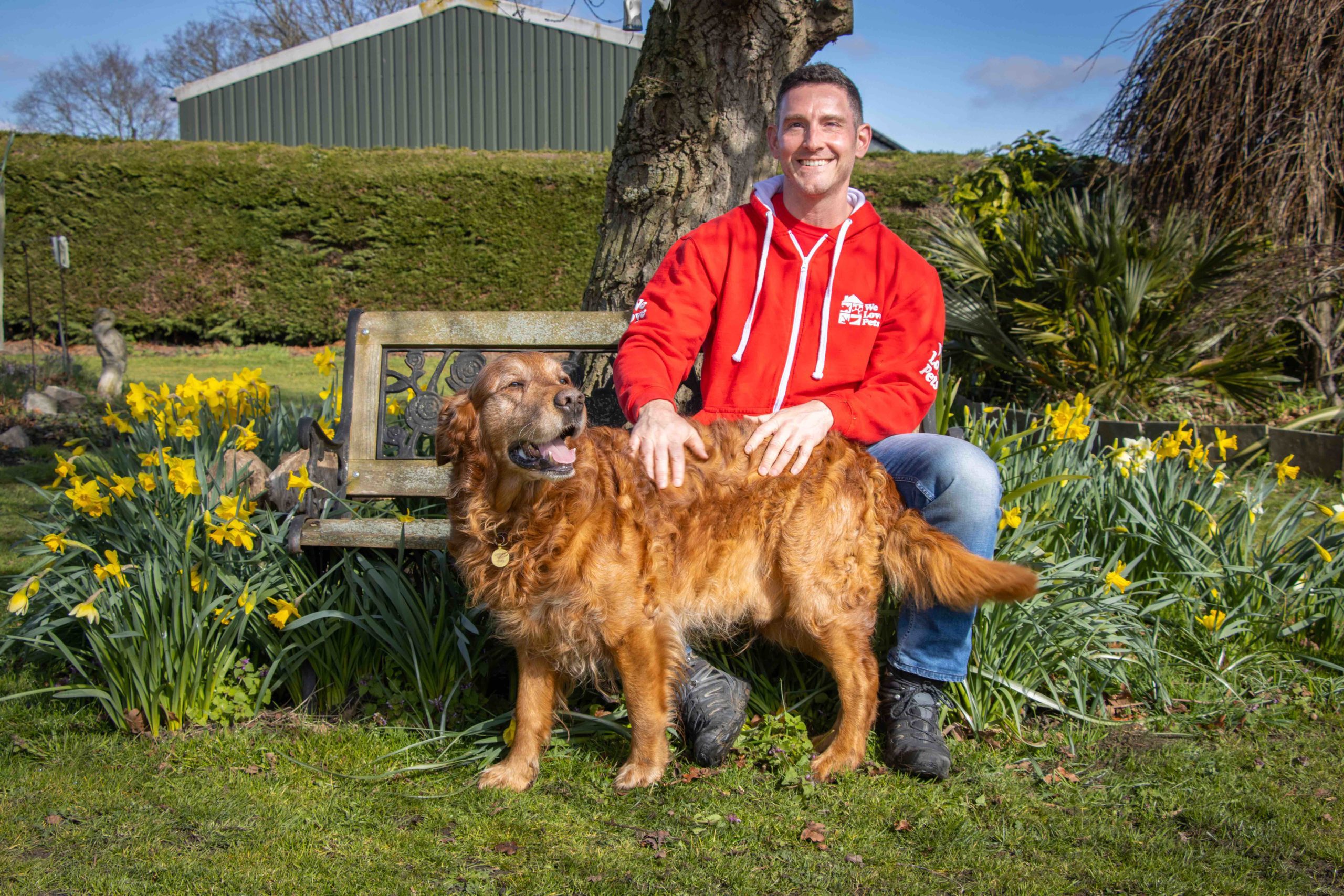Holidays can be something that you look forward to all year, and sometimes there is nothing more exciting than getting to bring your pet with you to share these memories with the rest of the family. While remembering to pack a bag of food, some toys and a bed is easy to remember, it’s super important to think about the safety of the journey.
Travelling by Car
Travelling by car is generally better for pets since you can control the environment better than any other form of travel. But there are a lot of things to consider before taking them on a long journey in the car.
- Take shorter trips with your pet a few times to get them accustomed to being in the car and feel calmer with travelling. Gradually try extending the time spent in the car getting longer until they feel more comfortable with long-distance travel. But keep an eye on them the whole time you’re travelling, even during these shorter distances, to make sure they aren’t feeling too anxious.
- If it is hot out, try travelling in the early morning or the late evening since they are usually the coolest part of the day, making the journey a little easier. Consider where the sun is located; if it is pointed through the front window, it might be cooler in the back with them. If the sun points in through the back window, it will warm up before the front.
- Feed your pet a light meal three to four hours before leaving so they have time to digest before the journey. While on the road, you should stop driving to feed your pet, not while moving, since this can make them sick. If your pet still gets sick, and even on an empty stomach, it might be worth asking your vet about it as they might have a particularly sensitive tummy that can have medicine to settle in.
- Keep them restrained during the ride, and don’t let them out of the car without an ID tag, collar and lead. It really isn’t safe to have them frolicking around the car because, obviously, you have to keep an eye on the road, and your pet might get overly anxious or excited in the car. Your pet should be in the back since an airbag can injure or kill your pet, even in a crate or carrier. A crate or carrier should be big enough for your pet to sit, stand, turn around and lie down. Pet seatbelts or harnesses might also be helpful, but they haven’t been proven to be adequately effective in accidents. A boot guard might add an extra level of safety since your pet can’t jump from the boot into the central part of the car. Keep in mind that while there are plenty of crash tests done for human safety devices, it isn’t required for animal safety equipment to be tested. You should do plenty of research into the brand/product to determine if it’s tested for extra peace of mind.
- On longer journeys, take breaks and give your pet a chance to stretch and have a drink and maybe a snack. Try to plan your journey around access to a park or dog-friendly attraction, or stop at a service station that has an area you can walk your pet so you can have a break and a snack too!
- Don’t leave your pet in a parked car alone, not even for a short time while you nip to the toilet. If you know you will have to take breaks every now and then, bring a friend or family member with you so you can share responsibilities for your pet. No matter the temperature inside the car, sometimes passers-by might break your pet out if they think they are trapped or left without air.
- Keep them cool and check on their temperature throughout the journey since they might fluctuate. You can physically feel if your pet might be getting too warm but check for overheating signs. Heavy breathing, looking/feeling warm to touch or salivating a lot are clear signs of overheating. Regularly check the temperature in the back of the car since air con can be less effective in the back.
- Pack a pet travel kit of everything your pet might need while away. Health records (including any vaccination records), food and water and bowls, medication, poop bags, toys (try having a new toy that will interest them and a familiar favourite), and a pet first aid kit. Keeping everything you might need on a journey in an easily accessible container will make it easier to find when you need it.
- Make sure your pet has a way of being easily identified while away from home. A safe and comfortable collar for your pet should also have an ID tag with your mobile number on it. For a longer trip away, a temporary tag of the number of where you’re staying will be helpful should they escape while you are at your holiday location. It is also vital to microchip pets, making it much easier for you to be reunited with your furry friend if they escape.
- It’s the classic dog in car move; head out of the window, tongue lolling out, lots of slobber on the back windows. They might get hit by passing debris or even thrown out of the window in a collision or if you have to hit the brakes or turn suddenly. In a carrier or with a seatbelt, the likelihood of this happening is reduced.
- You should prepare the car to suit your pet. Seat covers can protect your seats and potentially be a bit comfier for your dog, especially if you have slippery leather seats. In warmer weather, you might want to consider a cooling mat for your pet to lie on. It will help them cool off a little, but try not to have it take up the whole area since they might get a bit chilly and fancy a break from it.
Keeping pets safe in the car is mostly common sense and just applying the same safety precautions you apply to your human travel companions, you should just make it more pet suitable.
Other Forms of Transport
If driving isn’t a viable option for your holiday plans, you might need to turn to other forms of transport. Still, there is so much to consider before arranging it. Your pet might be unsettled from travelling and become anxious if they can’t see you. So, there are some essential things to keep in mind.
- Travelling by plane: Be very careful with short-faced pets like bulldogs and pugs or Persians etc., on aeroplanes since they are already susceptible to oxygen deprivation or heat stroke; a plane can make it even more difficult. You should try to have your pet in the cabin with you where possible since stowed pets can sometimes become anxious and unsettled in the cargo hold. Travelling with pets on a plane takes more advanced planning, so don’t wait until the last minute. Check with your airline that you have the correct type of carrier and a suitable health certificate no more than ten days before travel from your vet.
- Travelling by train: Depending on the train company, there will be different rules for what pets are allowed on them. There might be weight restrictions to consider before making a journey, so check with your company. You should also check that you have the required documentation.
- Travelling by boat: Some boating companies might allow pets to travel onboard, but usually, only ocean crossing, and even then, there can be plenty of hoops to jump through to meet requirements. Check that your pet will be allowed with you and not confined to onboard kennels since these can make your pet anxious.
When travelling, make sure you bring important documents abroad, including proof of vaccinations. When you’re allowed to have your pet close to you, many safety precautions you can take to keep your pet safe are the same as travelling by car. Keep an eye on pet temperature, let them stretch and have a drink.
Driving is the better option when travelling with a pet since you have complete control over how and when you deal with problems your pet might have. If you want to go abroad and driving is absolutely not an option, it might be better for your pet to consider an alternative. We Love Pets offers lots of excellent services for when you are away. Our pet and house sitters are always reliable and trusted for holidays.




